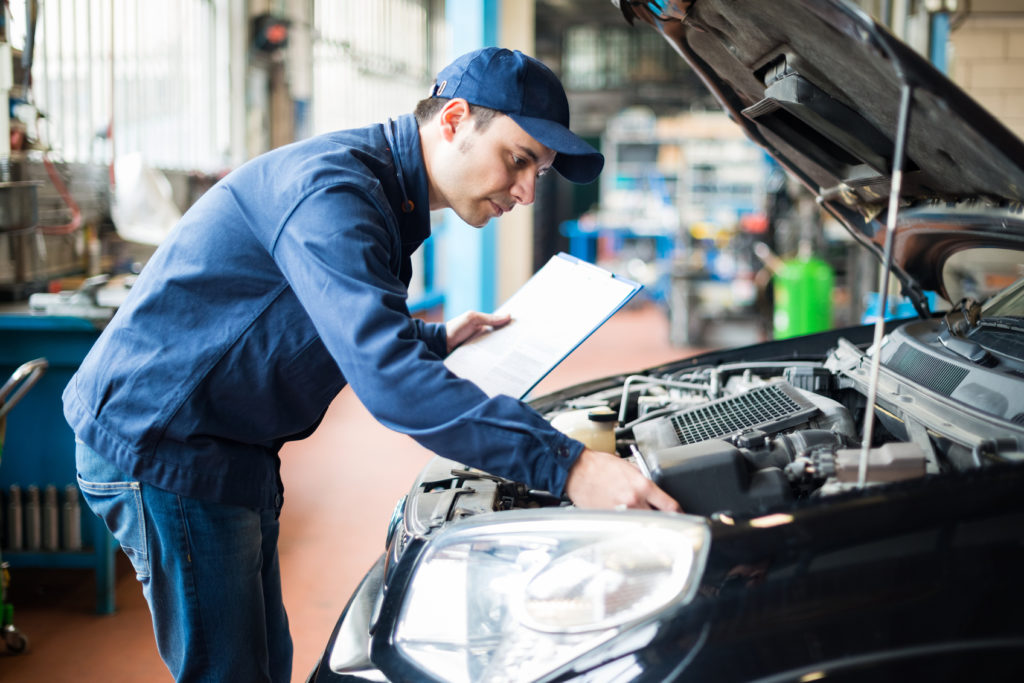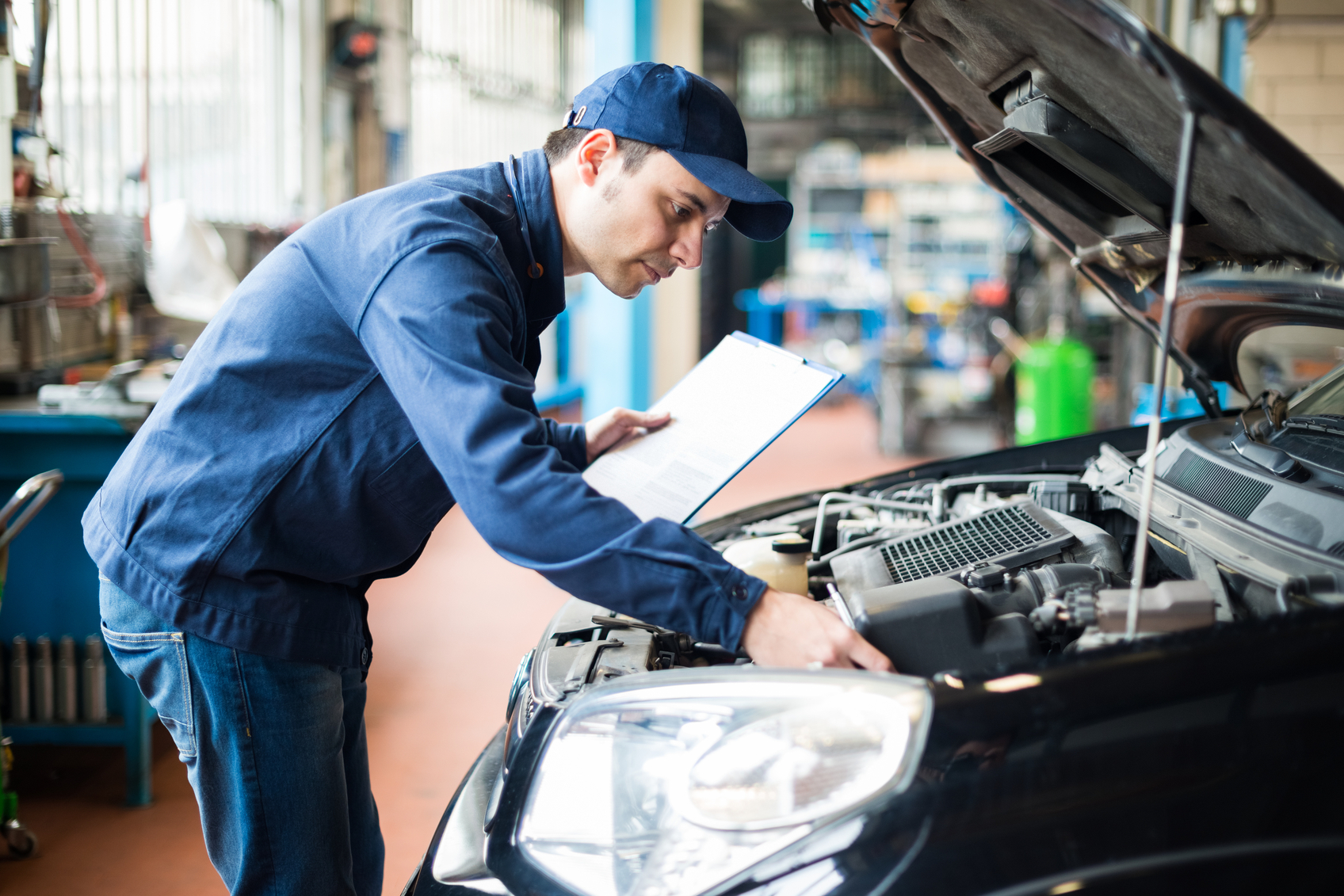
As we enter the third decade of the 21st Century, we can look back on some significant changes that have been made to the huge fleet of vehicles that currently travel our roads. Prime among them is the greatest growth and development of computer-controlled systems in all of these cars, trucks, and SUVs. Unless a classic car made before the 1970s drives into your shop, you can be pretty sure that any vehicle that is currently in use has some type of electronic controls built into it.
While many of us can look back to the era of carburetors and ignition points with nostalgia, it is hard to dispute the fact that computers have made today’s vehicles run better, perform more consistently, go farther between service intervals, and generally last longer. Computer controls have also brought us a world of greatly increased safety and reduced exhaust emissions.
Now let’s overlay the past five decades of technological progress with another fact of life for the automotive service industry:
The average car on the road today is 12 years old.
This means that just about every car that comes into your shop will have multiple computer-controlled systems running various parts of that vehicle, whether it is just out of warranty or several decades old. Meanwhile, the mechanical parts that those computers monitor are getting older, wearing out, and malfunctioning. Diagnosing the problems that these vehicles arrive with takes a combination of both mechanical and electronic aptitude.
Let’s take a look at the history of computer-controlled systems in automobiles, the computer systems in the current fleet of vehicles, and some of the challenges of working on and fixing these older high-tech cars with lots of miles on their odometers.
A brief history of automotive computer controls
Not counting Bendix’s failed Electrojector system of 1957, the first computer-controlled system in series production was Bosch’s Jetronic electronic fuel injection. It replaced the carburetors on the 1968 Volkswagen Type III Fastback and Squareback. The Bosch Jetronic was a simple device that primarily controlled the fuel-air mixture, but it was a start.
The Clean Air Act of 1970 laid down tough and ever-increasing emissions standards. The commercial development of miniaturized integrated circuits and microprocessors in the early 1970s led to many automotive applications during that decade. These included computerized engine control systems, as well as comfort and convenience items like automatic wipers, in-car entertainment systems, and electronic locks.
EPA fuel economy standards went into effect in 1978. The combination of the emissions regulations and the fuel economy standards resulted in a death sentence for the carburetor. More sophisticated computers were developed to process a growing amount of combustion-related information. Carburetors and ignition points were out, fuel injection and electronic ignition were in across the board. Catalytic converters requiring unleaded gasoline were added to cars to further clean their exhaust, and this eventually led to the demise of leaded gas. The catalytic convertors were soon connected to the engine computers through an oxygen sensor, which provided feedback as to the composition and balance of the exhaust gases. When combined with other sensors that monitored additional aspects of the engine’s operation, this closed-loop system was the final technical step toward putting the computer in total control of a car’s combustion process.
Big Brother gained complete access to our engines in the mid-1990s, with the introduction of the OBD-II standard. Every new vehicle would now be equipped with a standardized 16-pin connector that could access the engine computer’s memory and track its emissions performance. Any “impure thoughts,” otherwise known as trouble codes, triggered the illumination of the Check Engine Light. Using a code reader, these codes could be (and still are) retrieved and used for diagnostic purposes by technicians.
Various governmental entities were quick to benefit from access this information, using it to enforce the clean air standards through mandatory inspection regimes. If your car was malfunctioning and emitting excess pollutants, there was nowhere to hide. Passing the emissions test became a requirement for renewing your car’s registration. Welcome to the future!
By this time, computers and sensors had spread throughout the modern vehicle. They were imbedded in both major and minor systems, including:
- Anti-lock brakes
- Stability control
- Transmission controls
- Traction control
- All-wheel drive systems
- GPS navigation
- Automatic climate control
- Cruise control
- Power windows
- Power locks
- Seat memory
- Airbags
- Parking sensors
- Variable intermittent wipers
- Vehicle alarms with immobilizers
The progression of computing power in our cars continues to this day, with increasing numbers of new vehicles rolling off assembly lines with voice-recognition infotainment systems, wi-fi hot spots, and advanced driver assistance technologies, such as:
- Automatic emergency braking
- Lane departure warning
- Adaptive cruise control
- Rear cross-traffic alert
- Lane-following automatic steering
These systems will form the building blocks of tomorrow’s fully autonomous driving systems, which will require massive computing capability to operate safely.
Dealing with the computers in today’s older cars
So here we are, with over two hundred million vehicles driving around on US roads. The vast majority of them have sophisticated electronic monitoring and operating systems. These high-tech electronics are overlaid on a large number of traditional mechanical subsystems that are subject to old-school wear-and-tear, damage, and accidents. While the electronics in these vehicles can perform well for a long time, they can also malfunction or fail.
Dealing with today’s electro-mechanical vehicles at the shop level requires an extensive knowledge and experience base. Technicians must know enough about both the electronics and the mechanicals to diagnose the cause of a given automotive problem and its repair. In addition to understanding vehicle electronics, operating the computerized diagnostic equipment needed to troubleshoot problems in today’s vehicles is another necessary area of expertise.
There are multiple systems spread throughout the vehicle
While the electronic control unit (ECU) for the engine and emission controls is the key computer system in the average vehicle, there can be many others that may require attention when something goes wrong. These systems consist of more than a circuit board full of electronic components. There are numerous sensors gathering information, along with all the wiring needed to send the signals back and forth. With the growth of luxury and technology features, even in mass-market vehicles, these body computers are another system for technicians to troubleshoot when something inside the car stops working. Other computers oversee the operation of chassis systems like anti-lock braking, stability control, and traction control systems. An airbag computer decides whether or not to fire your airbags during an accident. Rain-sensing wipers are computer controlled.
CAN bus is a car’s computer network
To prevent all of these individual computer systems from getting overly complicated, and to reduce the amount of wiring needed to connect them, the Controller Area Network, or CAN bus, was developed. It functions similarly to an internet within the vehicle, continuously sending messages back and forth to and from the various systems. Protocols designed into the CAN bus prioritize more important messages, such as those that are safety-related. Each system’s ECU monitors the message traffic, reacting only to those messages that affect it directly. Incorrect readings within a system can trigger a warning light and/or a trouble code, prompting further investigation. A thorough understanding of the CAN bus can help a tech to diagnose such an issue when it arises.
Software drives the entire network
All of the computer hardware inside a vehicle needs instructions to follow – and that’s where software comes in. It takes software to start your car, to open your windows, to fire your airbags during an impact, and to perform most other vehicle functions. There is a huge amount of software built into a car today, and it can occasionally cause problems. And where safety-related automotive systems are involved, if the software doesn’t work flawlessly 100% of the time, people can die.
To fix functional issues, some systems can have their software updated or re-flashed in a repair shop. The latest trend, introduced by Tesla vehicles with others soon to follow, is to provide for over-the-air software updates. This allows software glitches in internet-connected cars to be fixed as soon as possible, without the need to wait for a service appointment. Over-the-air updates can also be used to upgrade performance or add features (once the owner pays for them).
Keeping today’s older computer-controlled vehicles on the road
Many benefits have resulted from the introduction of computerization into the vehicles that we drive and work on every day. Today’s vehicles run better and last longer, that’s for sure. A standardized, built-in diagnostic system in each vehicle gives a tech a place to start when tracking down and fixing a problem. But the sheer complexity of so many different electronic systems within a single vehicle can make the diagnostic process a challenge, driving up costs for everyone involved.
While the increased abilities of the engine ECU may aid in tracking down a problem’s cause, the diagnostic process can be time-consuming – and that usually means more expensive. If electronic components like sensors and ECUs are bad, they may not be repairable – and will need to be replaced, at additional cost. A wiring problem can take a long time to solve. Meanwhile, your average customer’s 12-year old vehicle is steadily wearing out its mechanical parts, too.
Regardless of the amount of computerization and technology that is continuously added to the cars that enter your shop, one thing stays constant – the customer’s desire to pay as little as possible to keep his or car on the road in running condition. It’s a challenge!
Affordability – the final frontier?
As vehicles become more complex, more expensive to buy, and more expensive to fix, independent repair shops are on the front lines. Dealing with these sophisticated vehicles as they age out of their new car warranties, you will often be working with the second, third, and even fourth owners. Finding solutions that keep today’s vehicles operating safely, without blowing your customers’ budgets, may be what separates your shop from those of your rivals. Knowing these technologies inside-out, having the right equipment to diagnose problems, and being able to offer your customers cost-effective ways to keep their vehicles running, will give you a competitive advantage in the years ahead.
Author: Stephen Fogel



